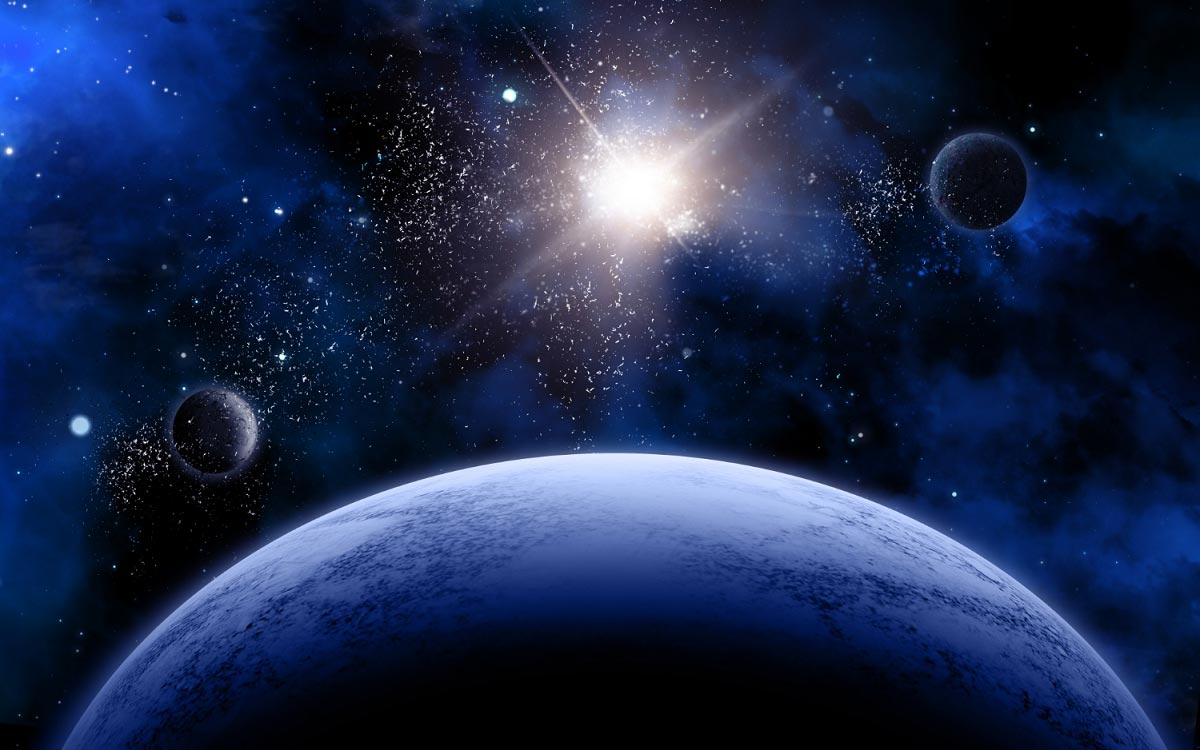
Space debris, also known as space junk or orbital debris, is a growing concern for the future of space exploration. With over 130 million pieces of debris currently orbiting the Earth, the potential dangers and impacts of space debris are becoming increasingly apparent.
Current State and Growth of Space Debris
Space debris has been accumulating in Earth's orbit since the first artificial satellite was launched in 1957. The growth of space debris has accelerated in recent years due to the increasing number of satellite launches and space missions. According to a recent statistic, more than 75% of all satellites in low Earth orbit are no longer operational and are now space debris. The proliferation of space debris poses a threat to satellite operations and human space missions.
Effects and Dangers of Space Debris to Satellite Operations and Human Space Missions
The effects and dangers of space debris to satellite operations and human space missions are significant. Collisions between space debris and operational satellites can cause damage to or the complete loss of the satellite. This not only poses a threat to the satellite's mission but also contributes to the growth of space debris, exacerbating the problem. Furthermore, space debris can pose a danger to human space missions, such as the International Space Station (ISS), by increasing the risk of collision and potentially causing damage to the spacecraft or endangering the lives of astronauts.
Possible Solutions for Space Debris Removal and Management
To mitigate the growing concerns of space debris, various solutions have been proposed and are currently being developed. One solution is to track and monitor space debris to better understand its orbit and potential collision risks. Another solution is to actively remove space debris from Earth's orbit. This can be done through the use of specialized spacecraft or technologies that capture or de-orbit the debris. Additionally, there are initiatives underway to mitigate the creation of new space debris, such as designing satellites with end-of-life disposal plans and ensuring that spent rocket stages are disposed of properly.
Recent Developments and Initiatives for Space Debris Mitigation
In recent years, there have been several initiatives and developments aimed at mitigating the growing concerns of space debris. One example is the European Space Agency's (ESA) Clean Space initiative, which aims to reduce the amount of space debris and promote sustainable space activities. Another example is SpaceX, which has been actively working on removing space debris through its Starlink mission, which aims to launch a network of low Earth orbit satellites for broadband internet.
Future of Space Debris and its Impact on Space Exploration
The future of space debris and its impact on space exploration is a growing concern. As more and more satellites and space missions are planned, the amount of space debris in Earth's orbit will continue to grow unless action is taken to mitigate its effects. The challenges posed by space debris will likely impact future space exploration and the use of satellites for a variety of applications, such as communication, navigation, and scientific research.
Conclusion
In conclusion, space debris is a growing concern for the future of space exploration, with potential dangers and impacts to satellite operations and human space missions. However, there are initiatives and solutions underway to mitigate the growing concerns of space debris, including the tracking and monitoring of debris, the active removal of debris, and the mitigation of new debris through end-of-life disposal plans and proper rocket stage disposal. The future of space exploration will likely be impacted by the challenges posed by space debris, making it crucial to continue efforts to address this growing concern.
Physical Science



